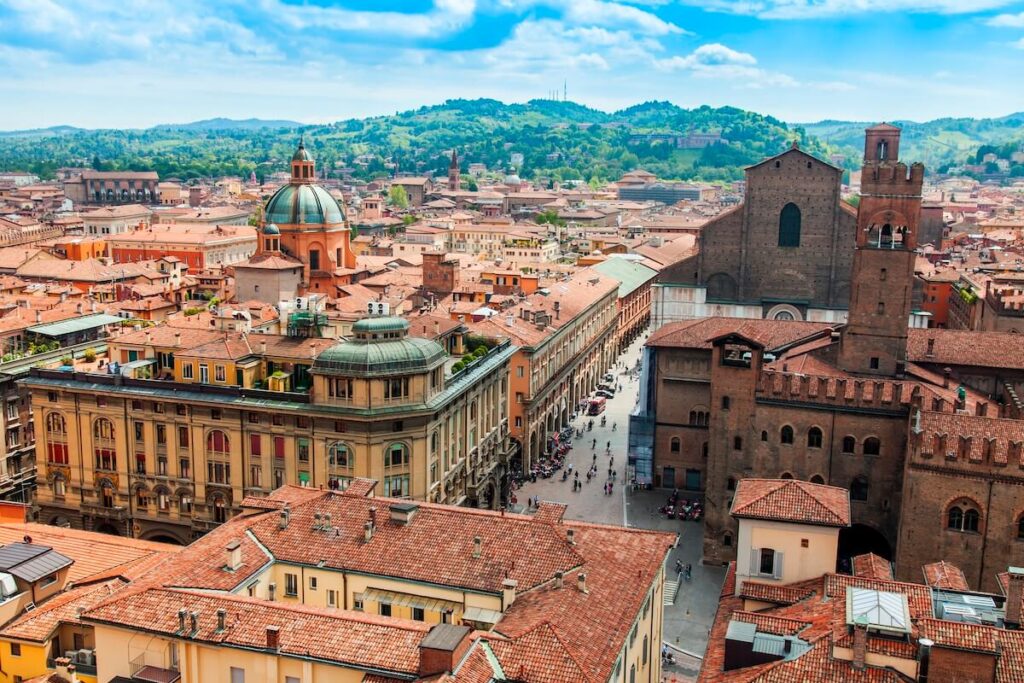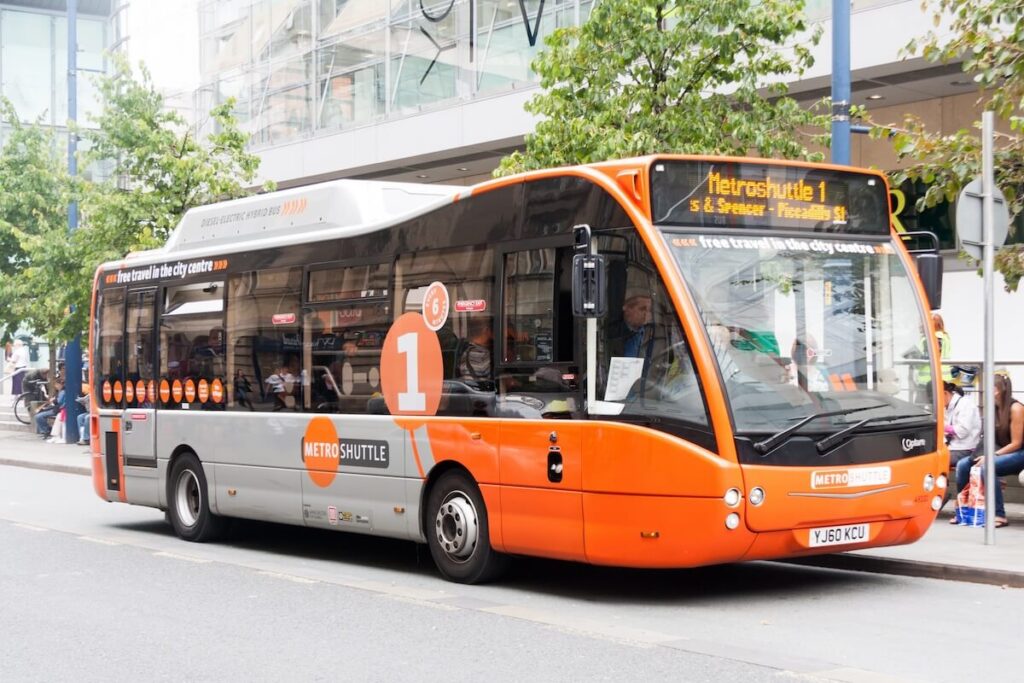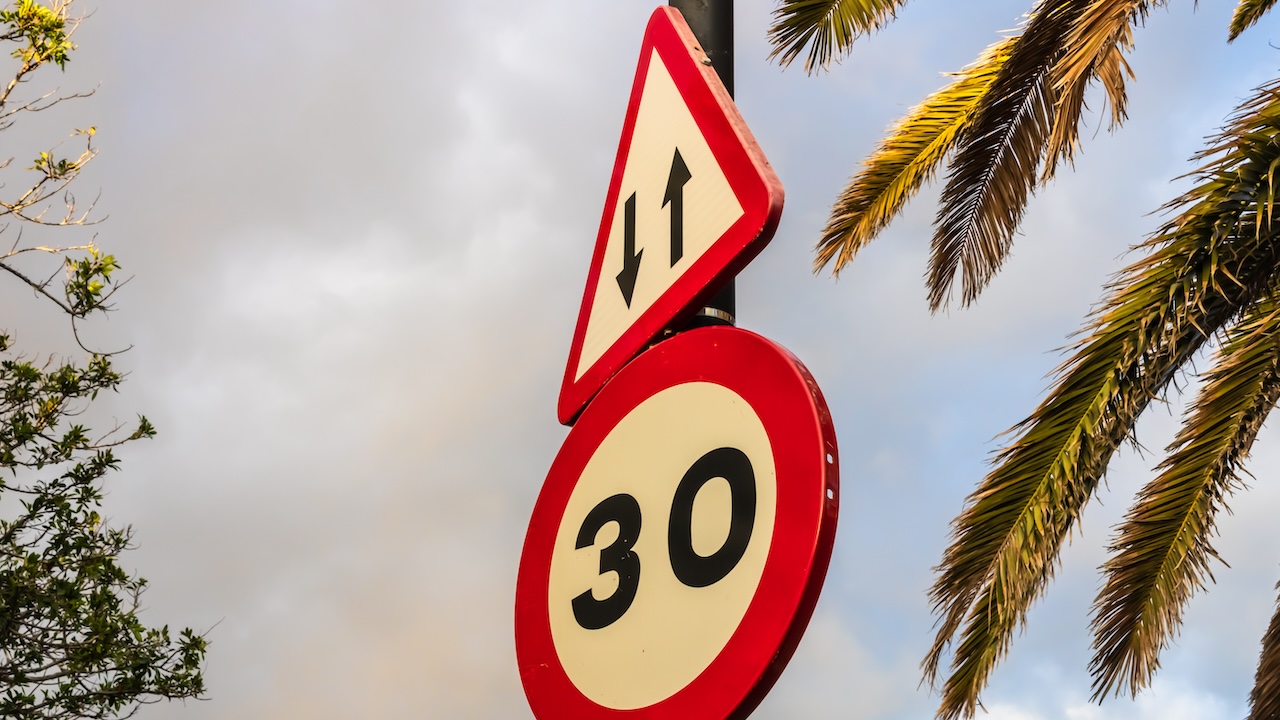Bologna has recently consolidated its status as “city 30“, an increasingly widespread phenomenon in many parts of the world, characterized by the lowering of the speed limit 30 km/h in urban areas. As of January 16, the plan officially came into force, with the imposition of the first sanctions for those who transgress the new rules. What changes now onwards and what are the sanctions?

Bologna officially at 30 km/h
The bold step he took Bologna the first large Italian city to embrace the “Città30” concept was announced on the institutional website. Now, on all city roads, except the main axes, the speed limit has been established 30 km/h. This decision follows two important precedents: in 1989 the limit of 30 km/h in the historic center, while in 2005 the first zone 30 was created in a neighborhood outside the walls.
The main motivation behind this initiative is clear: to reduce the maximum speed on urban roads to protect both vulnerable users, such as pedestrians and cyclists, and motorists. The administration claims that a 30 km/h, the probability of fatal accidents for those who travel on foot or by bicycle decreases significantly.
What is the purpose of the 30 km/h limit?
Although it may seem counterintuitive, the limit of 30 km/h it also helps to make traffic in the city smoother and more efficient. Among the reasons given by the administration, we highlight the reduction of the safety distance, the reduction in sudden accelerations and braking which often cause traffic jams. Furthermore, the possibility of opting for lighter and less bulky means of transport in a safer environment.
At the European level, the practice of lowering the speed limits it has become common. Cities such as London with a limit of 20 mph, equal to 32 km/h, Madrid since 2018, Barcelona, Amsterdam and Brussels have adopted a similar approach. However, the forerunner of this new approach to urban planning was Zurich, which introduced the measure as far back as 1991.
What the sanctions include
After a six-month transitional period, during which traffic police monitored the streets without imposing sanctions, the regulations have now come into force. get a lot.
The sanctions vary from a minimum of 29,40 euro for those who exceed the speed limit of 10 km/h – taking into account the tolerance that sets the fine starting from 36 km/h – at a maximum of 845 euros, with consequent withdrawal of the license, for those who exceed the limit by more than 60 km/h. A map of the roads affected by the new limit can be consulted on the institutional website.

The 30 km/h limit only in Bologna?
While Bologna is the first large Italian city to implement the “Città30” concept, many other administrations in the country are seriously considering joining the project. The implementation of the 30 km/h limit was also discussed in cities such as Rome, Milan, Turin, Florence and Verona.
To confirm the national interest in this change, on 29 June 2023 a bill aimed at changing speed limits in residential areas was presented to the Chamber of Deputies. Italy therefore seems to be ready to follow the wave of this urban transformation that promotes safety and sustainability.
















Leave a Reply
View Comments